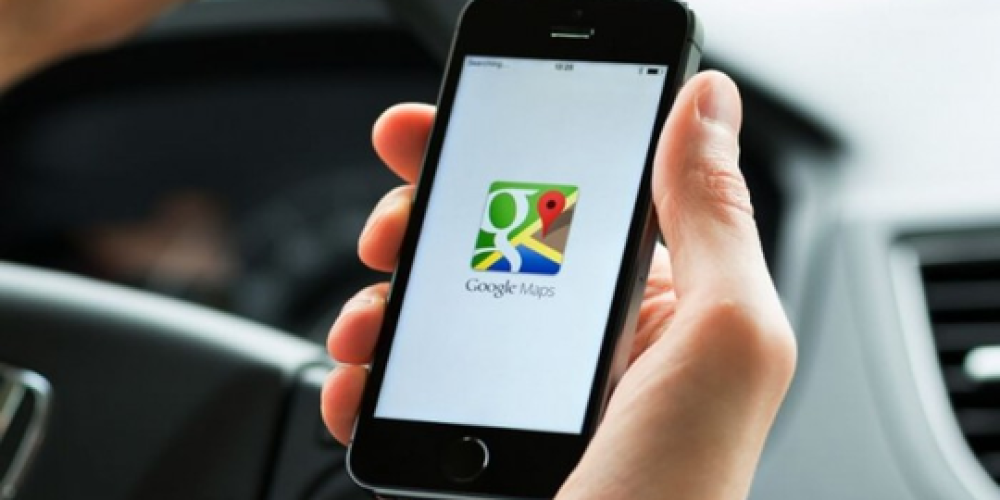15 Nov
Alison Harvard

Google Maps has long been the go-to service for navigating the world, offering directions, local business information, and much more. But the tech giant isn’t resting on its laurels; it’s pushing the boundaries of what a mapping service can be. With a new update, Google Maps is enhancing the way users interact with transit directions, integrating social elements through emoji reactions, and enabling collaborative decision-making with shared lists.
The transit direction functionality now caters to a wider range of preferences and needs. Whether you prioritize a quick journey, minimal walking, accessibility, or cost-saving, Google Maps aims to deliver the best route for your specific situation. This is a step forward in making the app more considerate of individual circumstances and requirements. Moreover, the addition of detailed station entrance and exit information is a small but significant tweak that could prevent the all-too-common mishap of boarding the wrong train or missing your stop.
Google Maps continues to evolve as a social platform, not just a navigation tool. The introduction of collaborative lists is a game-changer for planning outings with friends or family. Imagine deciding on a restaurant or planning a group trip without the back-and-forth of group chats or emails. Now, you can simply create a list, share it, and let everyone pitch in with their preferences, using emoji as a fun and intuitive voting mechanism. This feature has the potential to streamline social planning and make it more engaging.
The use of emoji doesn't stop with lists. Google is tapping into the universal language of emoji to enhance user interaction with photos and reviews. This playful addition aligns with the current trend of expressing opinions and reactions visually and succinctly. By leveraging Emoji Kitchen, Google Maps users can now respond to other people's contributions in a way that's quick, easy, and universally understandable. This elevates the user experience, making it more interactive and enjoyable.
Google's updates to Maps are more than just new features—they represent a shift towards a more personalized and socially connected service. The app is transforming into a hub not just for finding your way, but for facilitating shared experiences and interactions. With its latest update, Google Maps is setting a new standard for what a mapping service can offer, blurring the lines between navigation, social interaction, and collective decision-making. It's an exciting time for users who stand to benefit from an ever-more versatile and user-friendly Maps experience.
